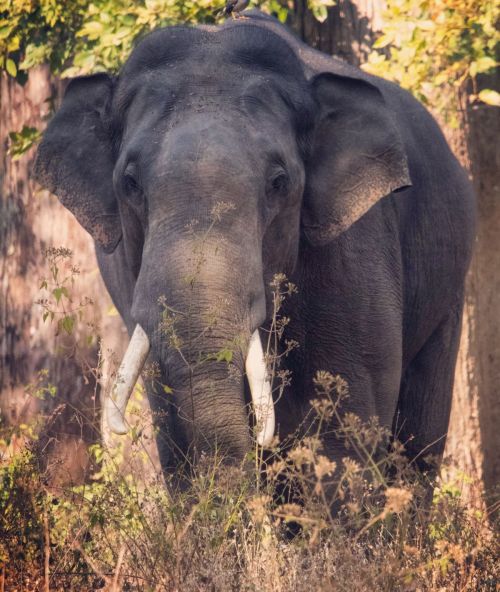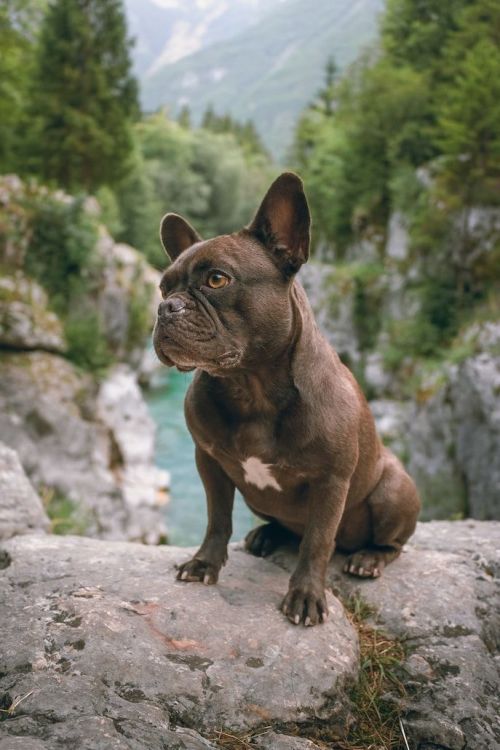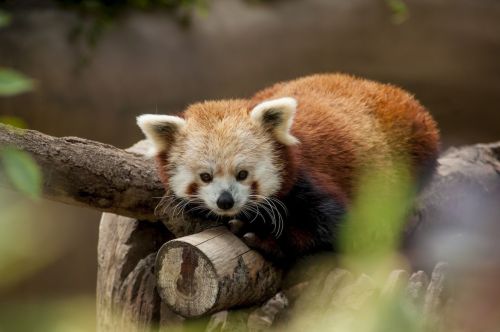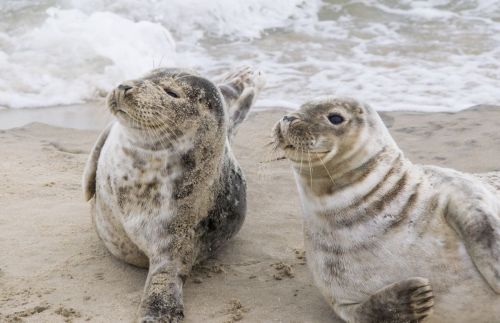The coyote is an indispensable figure in the mythology of North America's indigenous peoples, as well as in most Wild West ranching and cattle movies.
Although, unlike the wolf, it did not pose a direct threat to ranching, it was always there with its distinctive vocalizations.
Today, it is a very common animal on the North American continent, not only on the prairie, but also in large urban areas.
The canid family includes more than 30 modern species, including dogs, wolves, foxes, coyotes, and jackals. They are medium-sized mammals. The smallest canid is the fennec fox and the largest is the gray wolf.
It is smaller than the gray wolf (Canis lupus) and slightly smaller than the eastern wolf (Canis lycaon) and the red wolf (Canis rufus).
It occupies the same ecological niche as the golden jackal (Canis aureus) in Eurasia, which is why zoologists sometimes call it the American jackal. However, it is larger and more predatory than the golden jackal.
It prefers open, shrubby areas or small wooded areas.
The different subspecies live in different areas of the North American continent.
The International Union for Conservation of Nature has placed it in this category due to its population size and wide distribution in North America, Mexico, and Central America.
The coyote is able to adapt and thrive in human-modified environments - the species' range is expanding into urban areas of the United States and Canada, and in 2013 it was observed in eastern Panama, across the Panama Canal. In 2006, coyotes were spotted in Washington, D.C., and New York City, where they caused a stir in Central Park.
When crossing a one-way street, they look only in one direction from which a vehicle is coming, and on multi-lane streets, they use the center lane as a stop.
Males typically weigh between 8 and 20 kilograms, and females between 7 and 18 kilograms, although their size varies depending on where they live.
Body length varies from 1 to 1.35 meters, and height at the withers is 58-66 cm. Coyotes have a 40 cm long tail. At the top of the base of the tail are scent glands that are blue-black in color.
Its fur consists of short, soft down and long, gray, broad hairs up to 10 cm long that cover almost the entire torso. Their top is covered with a protective black coloration. The coyote's tail is also covered with dense black hair. The dominant coat color, however, is light gray and red or fawn, with black and white interspersed throughout the body.
The skin and pelt of the coyote are used in fur industry.
It can reach a top speed of 69 kilometers per hour in pursuit over a distance of about 300 meters. It is faster than the wolf, but less robust. It can jump a distance of 4 meters.
It was a male shot near Afton, Wyoming, in 1937. It measured 1.5 meters from snout to tail.
They are not dependent on a larger pack because they do not hunt larger prey. The family forms around the female during mid-winter. Pair formation in coyotes can occur 2-3 months prior to copulation. Unlike the wolf, the coyote is strictly monogamous.
The newly formed pair establishes its own territory and builds its own den or adapts a den abandoned by a badger, marmot, or skunk.
The average litter consists of six cubs. After birth, the cubs are completely dependent on their mother's milk for the first 10 days, after which they are fed solid food brought back by their parents. When the milk teeth appear, the cubs are given small foods such as mice and rabbits.
Cubs reach adult size at eight months and mature weight at nine months.
They urinate with their leg raised, marking the area and scratching the ground at the same time.
Although they also feed on carrion (they like to cannibalize the corpses of individuals of the same species), they obtain most of their food by hunting alone. About 90% of their prey are mice and rabbits. Birds, snakes, foxes, opossums, raccoons, and young of larger mammals are less common prey.
Coyotes also eat fruits and berries as a supplemental food. In winter and spring, coyotes eat large amounts of grass, such as green wheat stalks.
They kill domestic animals, mainly sheep, as well as stray cats and small dogs. They also often look in household garbage cans for food.
They need excellent hearing, especially when hunting rodents, which make very quiet sounds.
Its loudness and range of vocalizations led to its generic name, Canis latrans, which means "barking dog".
There are eleven different vocalizations in adult coyotes, which fall into three categories: agonistic and alarm, greeting, and contact.
Among North American carnivores, coyotes are probably the carriers of the greatest number of diseases and parasites. This is due to their diverse diet and range. 60-95% of all coyotes studied were infected with tapeworms.
He is usually depicted as a trickster who plays a key role. In Aztec beliefs, he symbolized military power, with warriors dressing in coyote costumes to invoke his predatory powers. The Aztec god Huehuecoyotl is depicted in several codices as a man with the head of a coyote.
They are generally rare and do not cause much injury due to the animal's relatively small size, but fatal attacks do happen. Most cases of coyote attacks on humans are reported in California.












